Project-Based Learning and the Middle School Mind
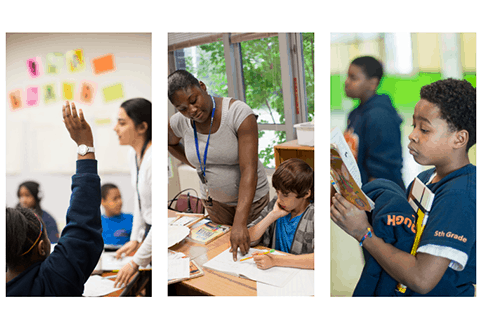
If you’re like many teachers, you’ve promised students the opportunity to do a project after they’ve learned what you wanted them to learn. This seems reasonable, right? Well, if you are using the project as a culminating assessment, perhaps. But, if that’s the case, you are missing out on the opportunity to utilize the process itself as a learning experience. Project-based learning is not an enticement to reward compliance, but “an instructional strategy that enables students to learn meaningful content and practice skills needed for 21st century success,” as John Larmer and John Mergendoller explain in their article “The Main Course, Not Dessert.”
The phrase “Project-Based Learning” gets tossed around casually, but PBL (with capital letters) meets specific criteria that drive especially effective practice in a middle school classroom.
Burning Questions and Engaged Inquiry
“Why do we have to do this?” is a dreaded question from where I stand, looking at a sea of middle school faces, some in full blown adolescence, while others resemble elementary children. Some students have high pressure parents, while others suffer from lack of involvement at all. That student didn’t make the basketball team, this student is trying to practice lines for the play under her breath. If teachers fail to challenge their students to seek answers to burning questions and engage their sense of wonder, it won’t be surprising that emotional, psychological, social, and physical needs of students will overcome what is happening in the classroom.
Project-based learning engages students, allowing them to ask the questions, develop a course of action, and make the content a part of their lives rather than something that is happening on the periphery. For example, as my 8th grade explores the novel Tangerine, they are fully entrenched in finding answers to the questions that are central to the novel: Why do people bully? What should bystanders do, if anything? How do we handle socio-economic difference? Should students have school choice? Should girls be allowed to play on all-boys’ teams? Why do adults devalue the contributions of teenagers? Do we have a responsibility to protect the environment? Their projects are assigned before the novel begins, giving them a framework for the novel, while also personalizing a book that could have simply been written off as about a boy who plays soccer in Florida.
Begin with the end in mind
Stephen Covey’s Seven Habits of Highly Effective People is a great resource for practitioners of PBL. The second habit, particularly, is crucial in the introductory phase of Project-Based Learning: “Begin with the end in mind.” Impetuous students need for teachers to facilitate this step, and Covey’s description of the process is perfect. He describes Habit 2 as being “based on the principle that all things are created twice. There is the mental (first) creation, and a physical (second) creation. The physical creation follows the mental, just as a building follows a blueprint.”
So, as students formulate their burning questions and begin to actively inquire in multiple ways, the teacher-as-facilitator will guide students through the process of setting their vision. For example, let’s say Anna chooses to explore the question “Should girls play on all boys’ teams?” I’d ask her to map out a plan for sharing the knowledge they are going to attain while studying the novel. I keep a “ways to show what you know” poster and add to it as students push the boundaries with each new project. Some of the choices are: create a media mash-up, write a song and perform, design a video game, give a speech, start an email campaign, stage a debate, act it out, create a public service announcement, build a website, create an app, join a fandom, write fan fiction, crowdfund a solution to the problem, write an essay, or come up with something amazing of your own!
Student voice and choice
The project must be an outgrowth of the burning question, the information gathered from the inquiry, and the student’s own personal reasons for pursuing a topic. Allowing Anna, the student mentioned above, to focus on the issue of girls on boys’ sports teams opens up a world of possibilities—Title IV, gender expectations, and equality, to name a few. As a student becomes excited with the topic, I ask them questions about the best way to share their information. Let’s say that in our class discussion Anna finds out that Michael is really opposed to girls on boys’ sports teams. They can unite to do a “both sides” type exploration such as a debate or give speeches. When real engagement is offered, students jump at it, especially if there is a social aspect to it. I was amazed to watch Anna and Michael spend every study hall in the library researching, interviewing coaches, and taking copious notes. They decided that each of them would deliver a speech, which I would record and then show to my other classes, and all 144 students, along with a selection of adults in the building, would vote on who “won.” Eric Jensen, in his article “Teachers: Why You Should Stop Telling Kids to Pay Attention,” explains that when students are allowed the opportunity to voluntarily pay attention to specific tasks the retention rate is much higher. Clearly, students who are given these types of opportunities will retain much more than a one-size-fits-all assignment.
Authentic audience
At first students might be excited enough by the novelty of having such an active role in their own learning, but even that can become a part of their culture. To allow PBL its greatest impact, an authentic audience is a must. High Tech High is a great example of this, showcased in the new book and movie, Most Likely to Succeed. Yes, their classmates are a representative audience, but inviting parents, administrators, and other students to share in their learning experiences takes their work to a whole new level. While they might be satisfied to do a Prezi for our class without obsessing over spelling or grammar, I’ve watched as students begged each other to give it “one last look” before our principal was coming to see what they’ve been working on.
When utilizing the full potential of Project-Based Learning, instead of the dreaded “Why do we have to do this?” the teacher is able to turn the tables. The teacher asks, “Why are you choosing to do a debate?” or “How will you share your argument?” Some of you might be thinking that this is all well and good, but how do you make time for this? The answer is simple: this (the discussions, planning, researching, imagining, and eventually creating) is the unit, not a carrot at the end. Middle school students need this type of environment to compete with the multitude of issues they face in their changing lives. There is nothing quite like the air of excitement when students are buzzing away about seeing a speech or listening to someone’s new song—a sure sign that you have their full attention and they have a purpose for learning.
For more, check out:
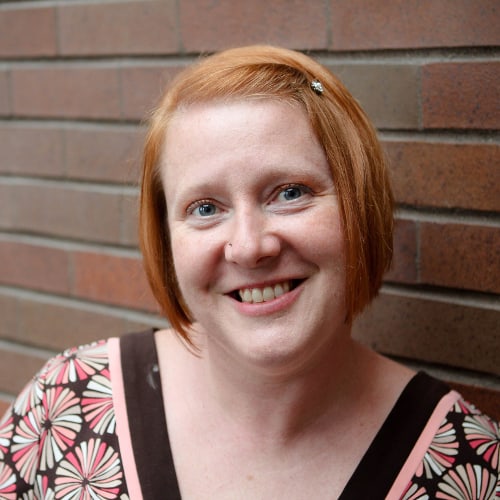


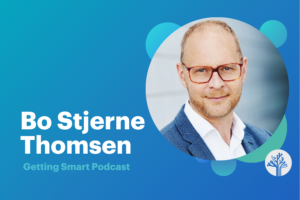

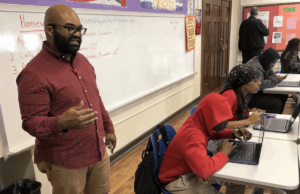
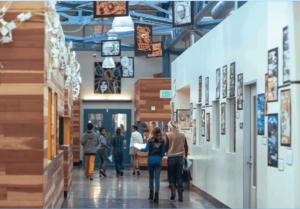
0 Comments
Leave a Comment
Your email address will not be published. All fields are required.